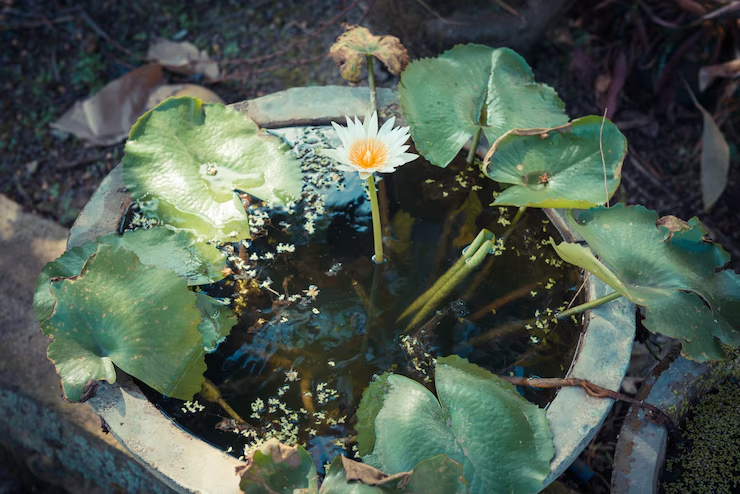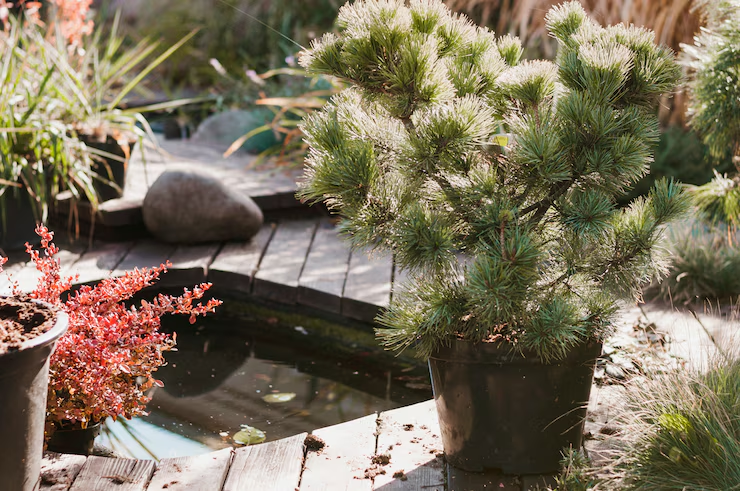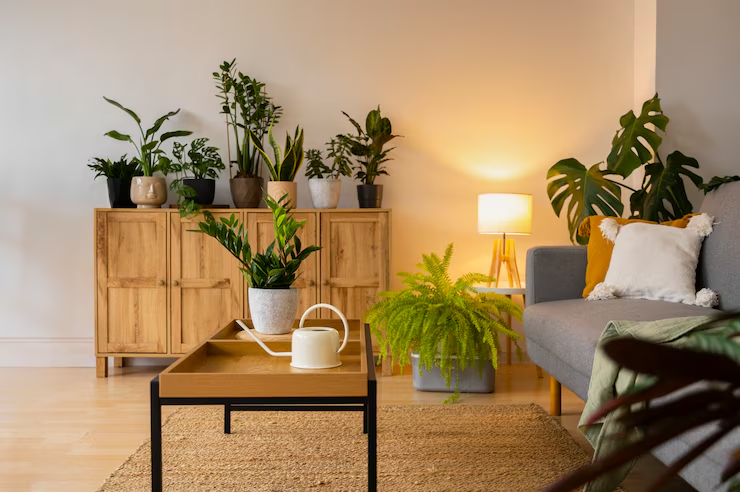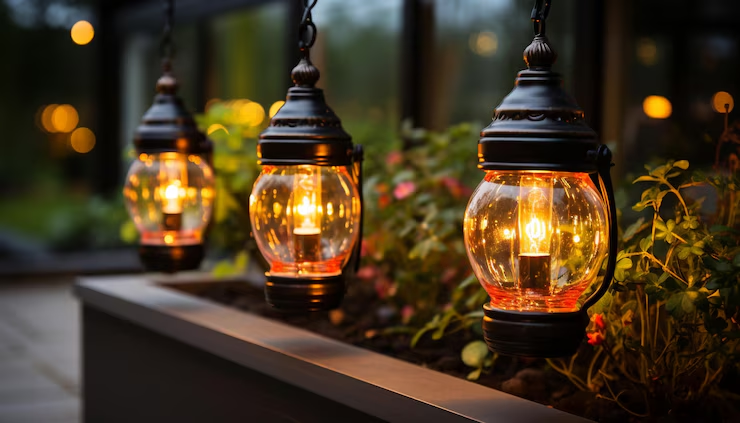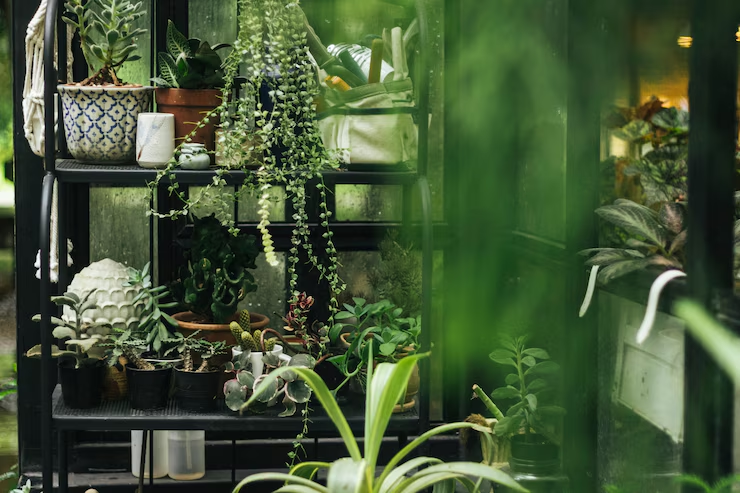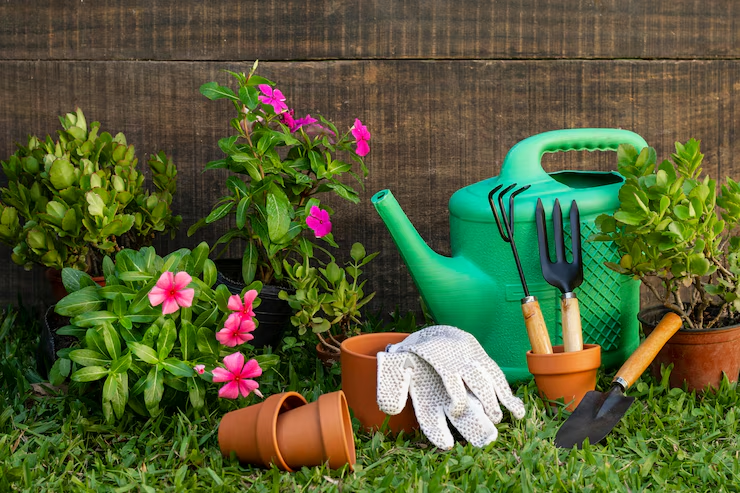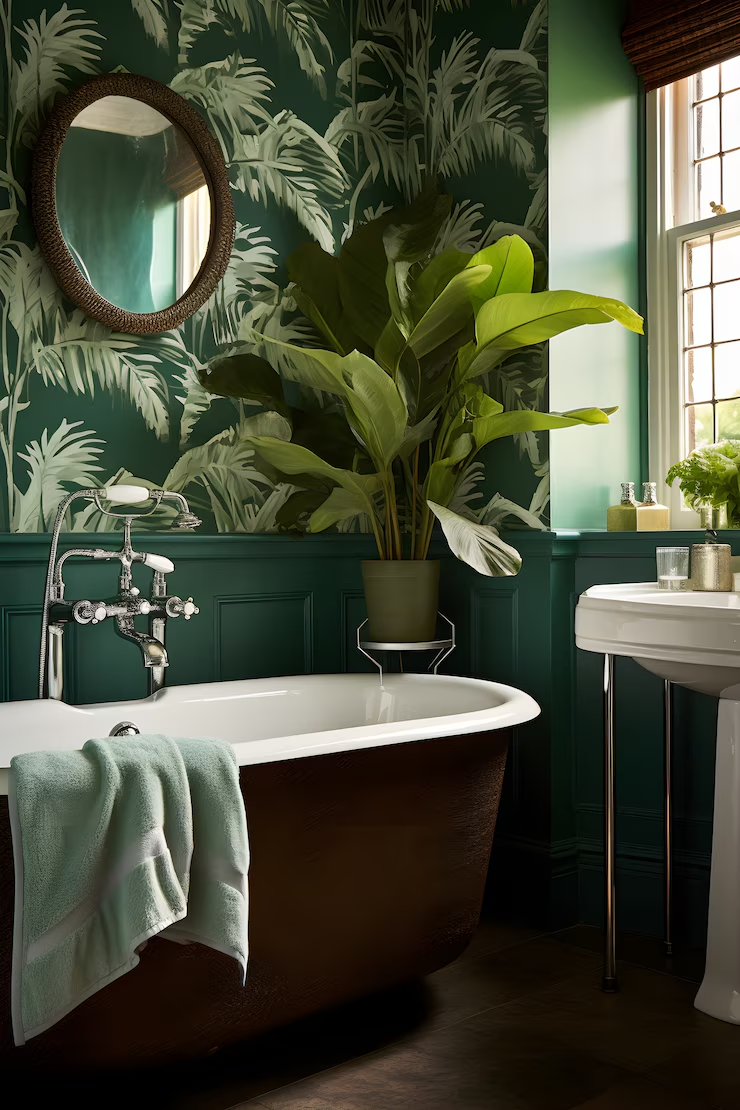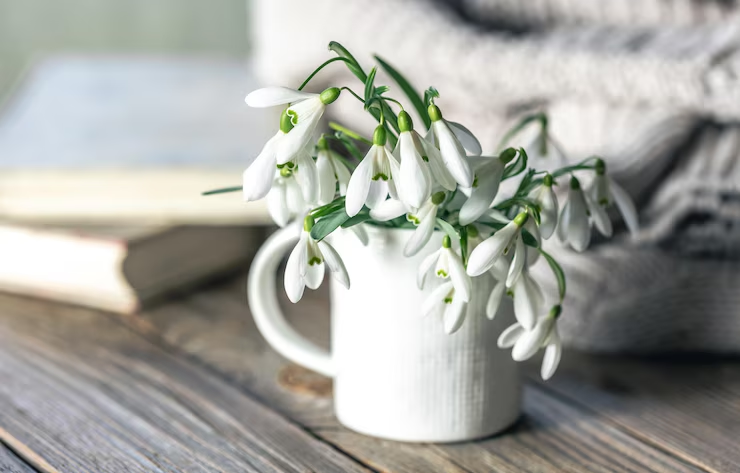Troubleshooting Common Issues in Aquatic Plant Care in Apartments
Aquatic plants can be a beautiful and calming addition to your apartment, providing natural beauty and improving the indoor environment. However, just like any other type of plant, aquatic plants can face challenges that may affect their health and growth. Understanding common issues that aquatic plants face and knowing how to troubleshoot them can help … Ler mais

